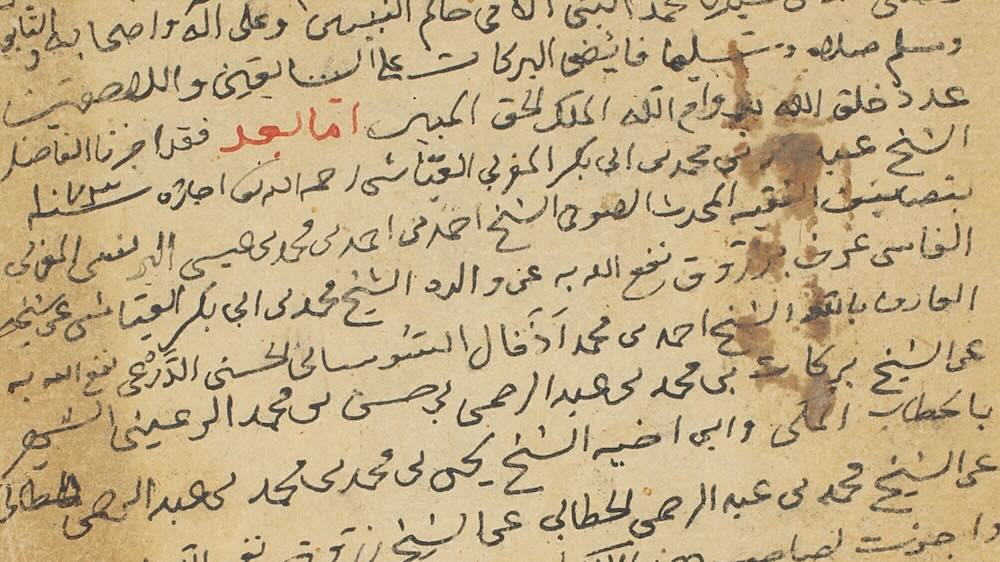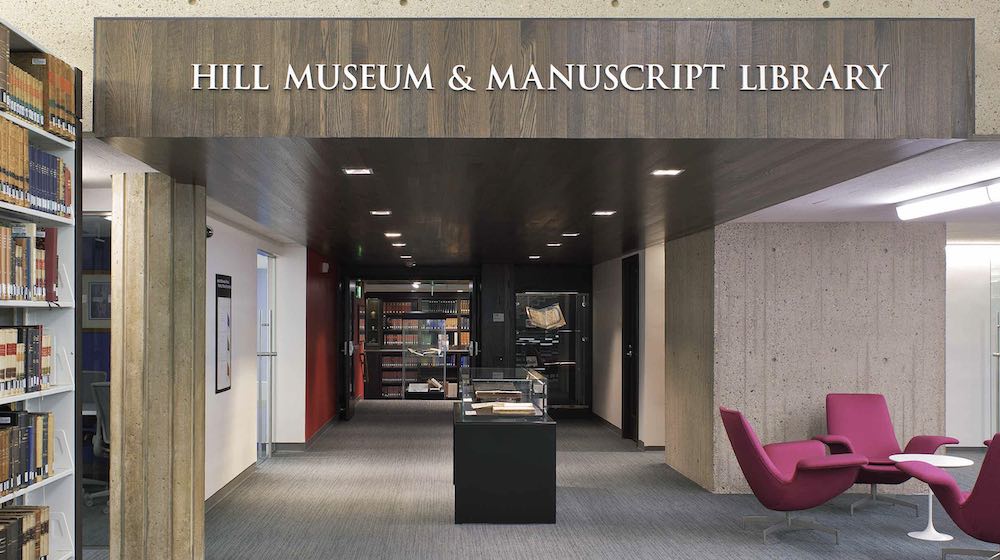Witnesses Of Light: Armenian Manuscripts As Testimony And Digital Memory After Genocide
Witnesses of Light: Armenian Manuscripts as Testimony and Digital Memory After Genocide
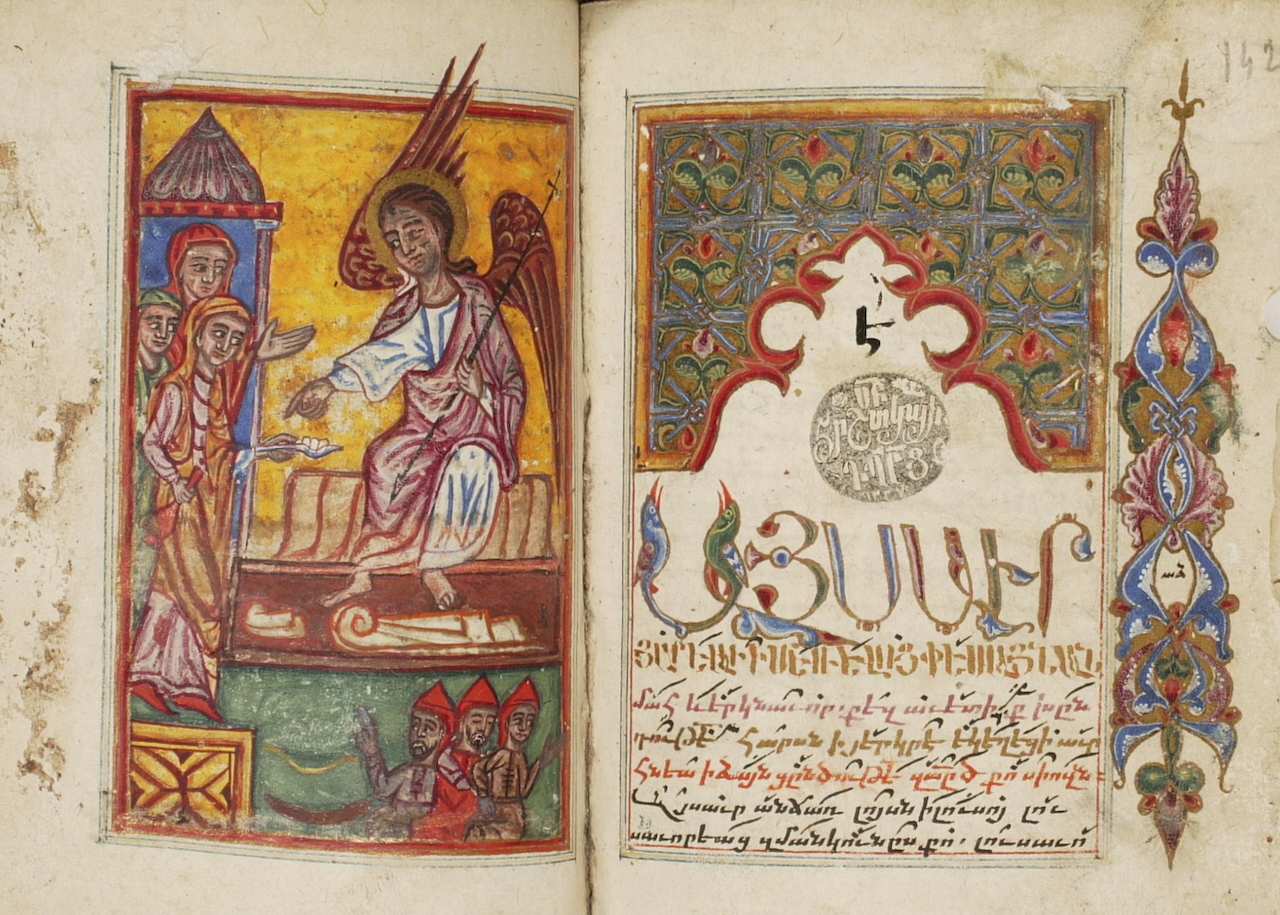
The extraordinary manuscripts held at the Armenian Patriarchate of Istanbul are a poignant testament to the survival of Armenian cultural and spiritual heritage in the aftermath of the Genocide in Ottoman Turkey during the late 19th and early 20th centuries. This rich repository preserves not only thousands of interwoven narratives, it also embodies a luminous tradition of transmitting sacred wisdom and divine revelation across generations through written and illuminated manuscripts.
In 2004, HMML formed a partnership with the 84th Patriarch of Istanbul, Mesrob II Mutafyan (1956–2019), to preserve and share these manuscripts in digital form. HMML’s digitization studio operated from March 2005 to June 2009, completing the project with photographs of nearly 800 manuscripts.
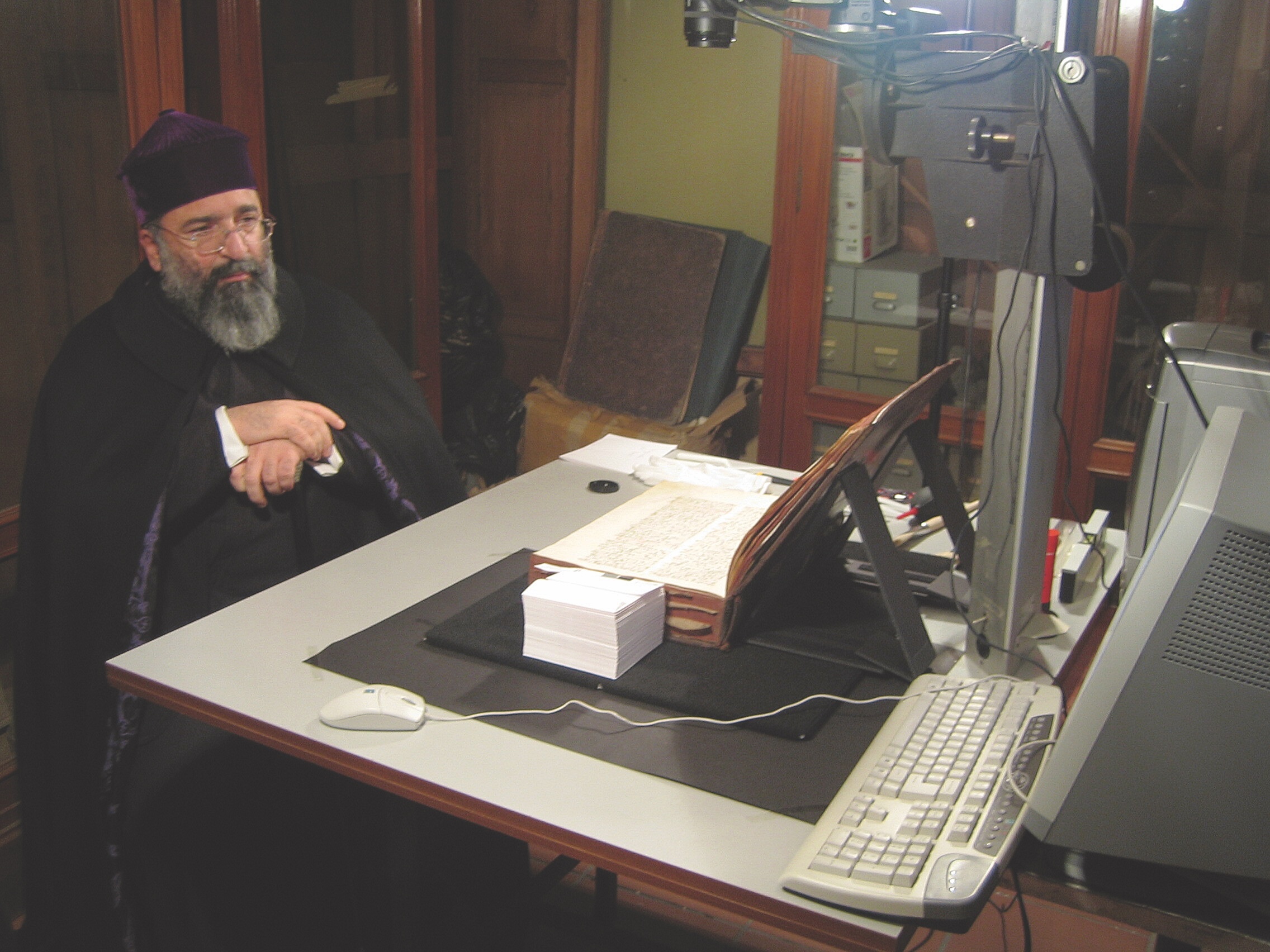
HMML is now making these ancient treasures accessible by cataloging the digitized collection. This vital work coincides with the 110th year of commemoration of the 1.5 million victims of the Armenian Genocide, memorialized on the day (April 24, 1915) when 235 Armenian intellectuals and community leaders in Constantinople were arrested, many of whom were later tortured and publicly executed.
While Armenians had long lived in Constantinople and in the regions of the Byzantine Empire—with active churches and monasteries since the empire’s founding—the population of Armenians in the capital city increased during the Ottoman period (1453–1922). The city, known as Byzantium for nearly a millennium, was renamed Constantinople in 330 and Istanbul in 1930.
Established by Mehmed II in 1461, the Armenian Patriarchate of Istanbul is a remarkable repository of collections. The majority of the manuscripts are written in Classical Armenian, with some texts in Arabic, Persian, modern Armenian, Ottoman-Turkish, and Armeno-Turkish. Among these are beautifully illuminated Gospels, Synaxaria (Yaysmawurk‘), hymnals (Sharaknots‘), liturgical books, psalters, and prayer scrolls; homilies and historical, philosophical, and grammatical works; astrological writings and calendars; and church records documenting parish life.
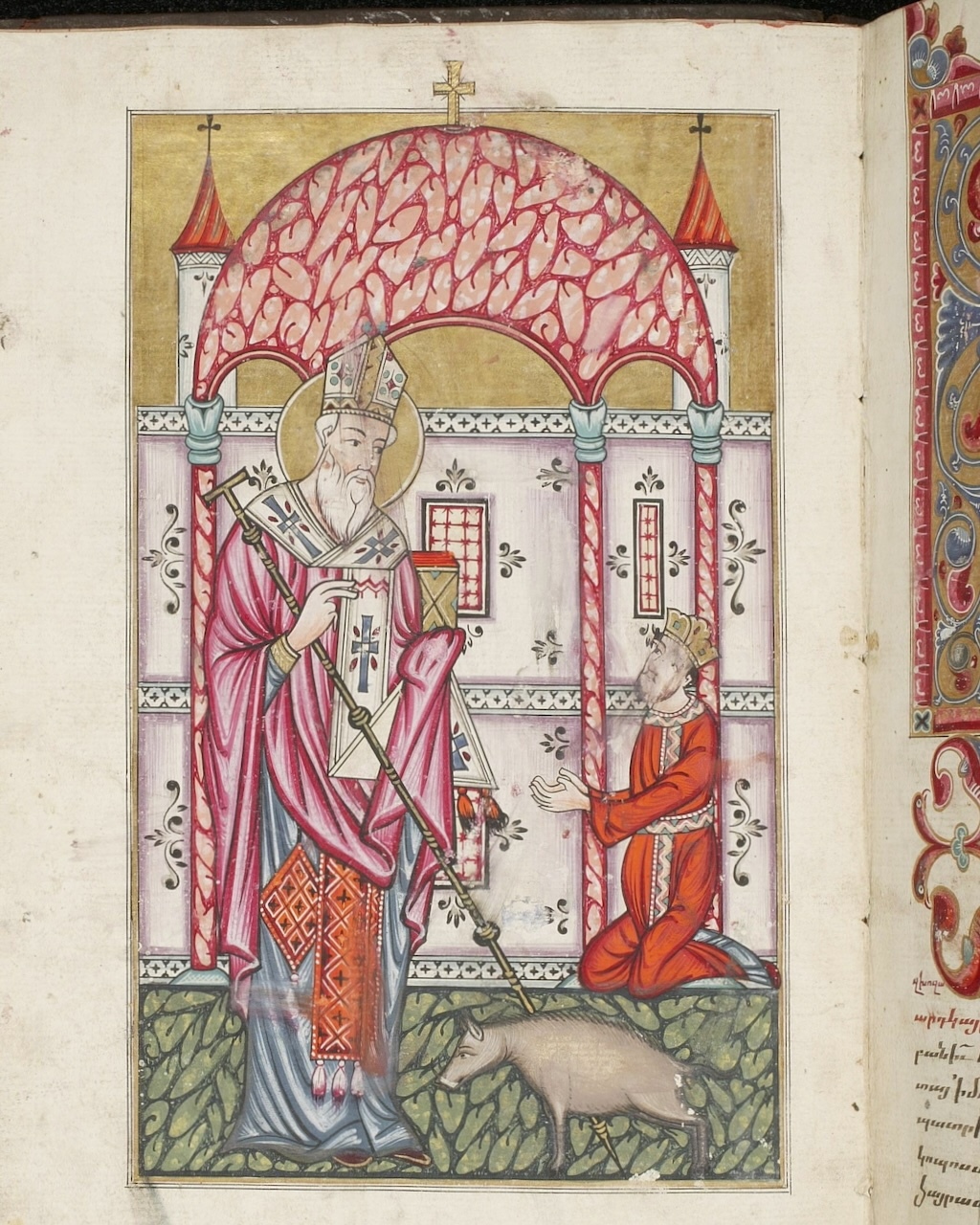
The seven collections that comprise the Patriarchate’s manuscript library, digitized by HMML, came from different neighborhoods throughout the city of Istanbul, including:
- Balat, a neighborhood in the Fatih district, which was once home to diverse Christian (Armenian and Greek) and Jewish communities and today is predominately Muslim.
- Galata, a neighborhood now called Karaköy, was a Genoese colony and is home to the oldest extant Armenian Apostolic Church in Istanbul, the 14th-century Saint Gregory the Illuminator Church of Galata.
- And Ortaköy, historically a cosmopolitan neighborhood with a significant Armenian community. The Ortaköy Mosque, designed by Armenian architects, is a notable landmark, as are several active 17th–19th-century churches.
The other four collections currently held at the Patriarchate come from the Azgayin Matenadaran (National Library), formerly near Galata; the Shirinoglu family; the city of Kayseri; and the Patriarch’s Collection in Kumkapı. Many of the holy sites in these neighborhoods are inactive today, some in ruins or completely destroyed. This treasured past only remains alive in memory and on the pages of manuscripts held at the Patriarchate and accessible at HMML.
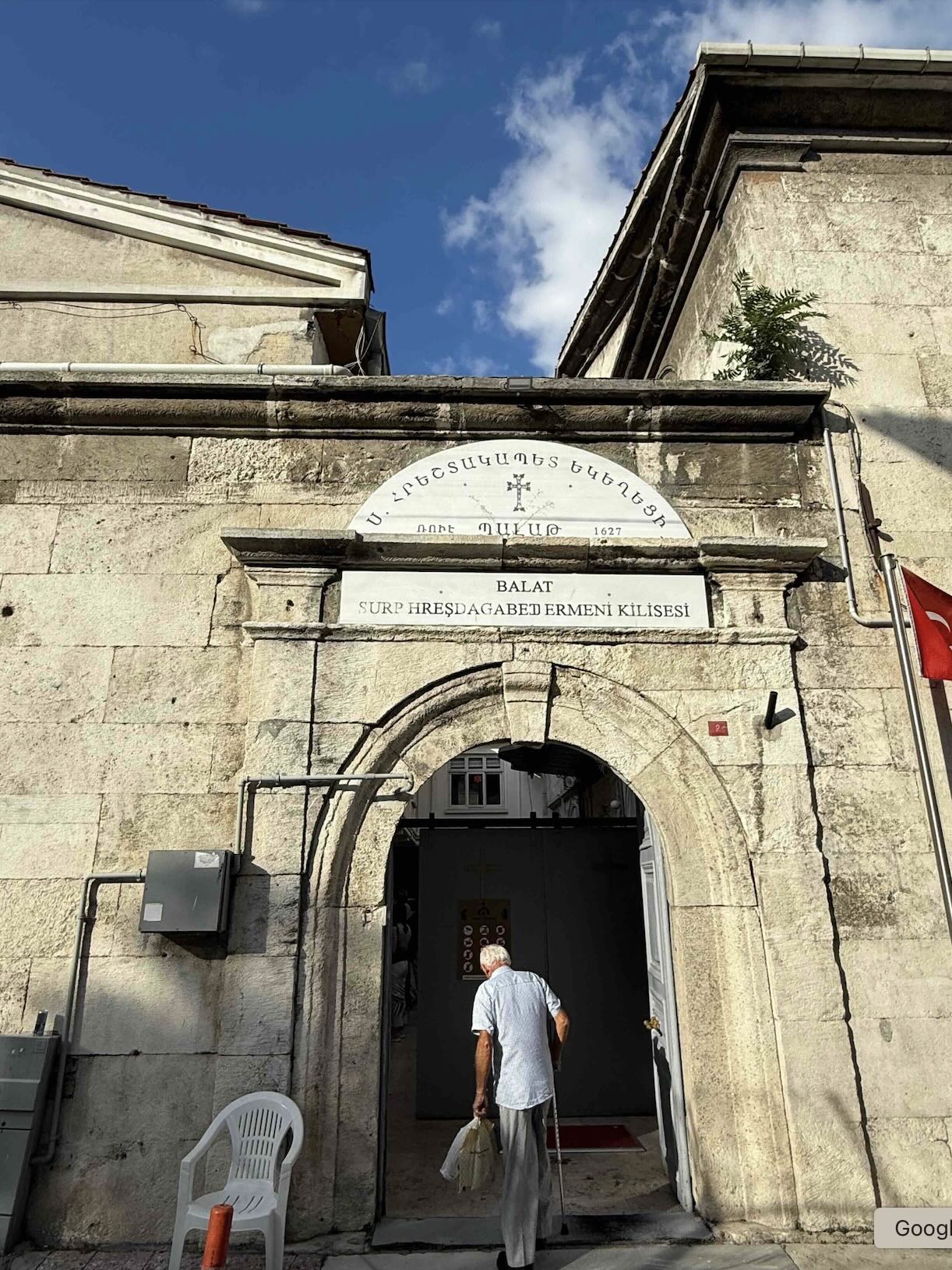
Since the rise of the Ottoman Empire, the Armenian Patriarch of Istanbul has held a significant role in the life and history of Armenian Christians. Some of the most devoted leaders and teachers (vardapets) served as its patriarchs.
One such leader was Yakob Nalean, who served two terms as patriarch (1741–1748 and 1752–1764). He left treasured works of history and theology that remain invaluable to Christianity as a whole, particularly for Armenians. Among his many works is a commentary on Sirach, preserved in the Ortaköy collection (APIO 00157).
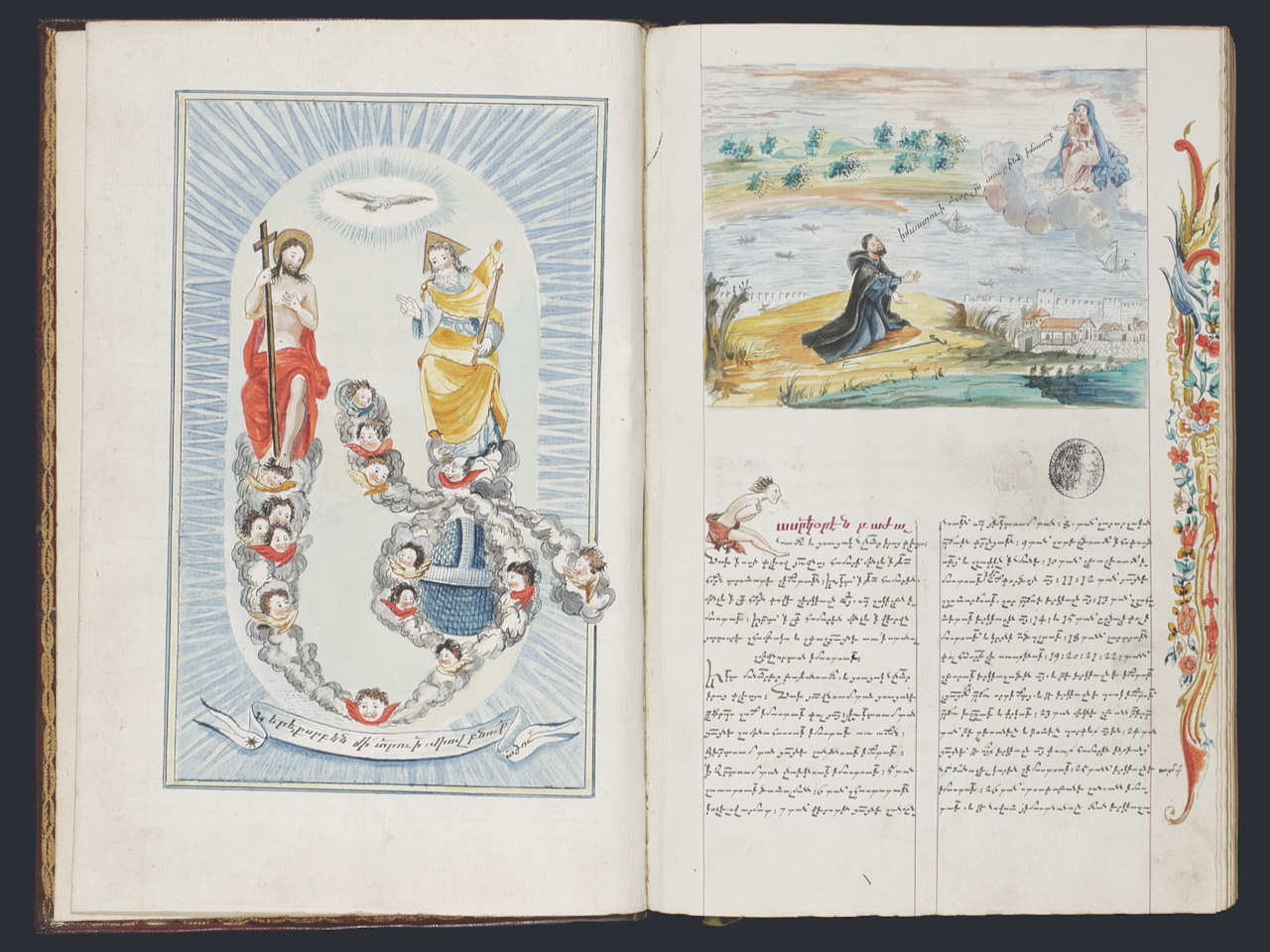
The 19th century witnessed the leadership of several notable patriarchs, including Mkrtich Khrimian of Van (term: 1869–1873) and the distinguished theologian, historian, and patriarch Maghak‘ia Ormanian (t. 1896–1908), author of the multivolume Azgapatum, which records two millennia of the history of the Armenian Church and nation.
During the harrowing years of the Armenian Genocide in Turkey, the Armenian community was shepherded by faithful and courageous leaders, most of whom are considered to be living martyrs, including Patriarch Zaven Der Yeghiayan (t. 1913–1922). Exiled to Baghdad by Ottoman authorities in 1916, he returned to Istanbul in 1919 with the backing of the Entente Powers—only to be forced into exile again in 1922. Patriarch Zaven tirelessly reached out to the international community and, through his connections with European and American diplomats, he brought global attention to the atrocities committed against the Christian Armenian population in Turkey by the Young Turk regime.
With continued cataloging efforts, HMML aspires to recover the lost writings of Armenian theologians and patriarchs and the historic collections they preserved. More than 760 of the Patriarchate’s manuscripts are currently viewable online in HMML Reading Room, with more waiting to be brought into the light.
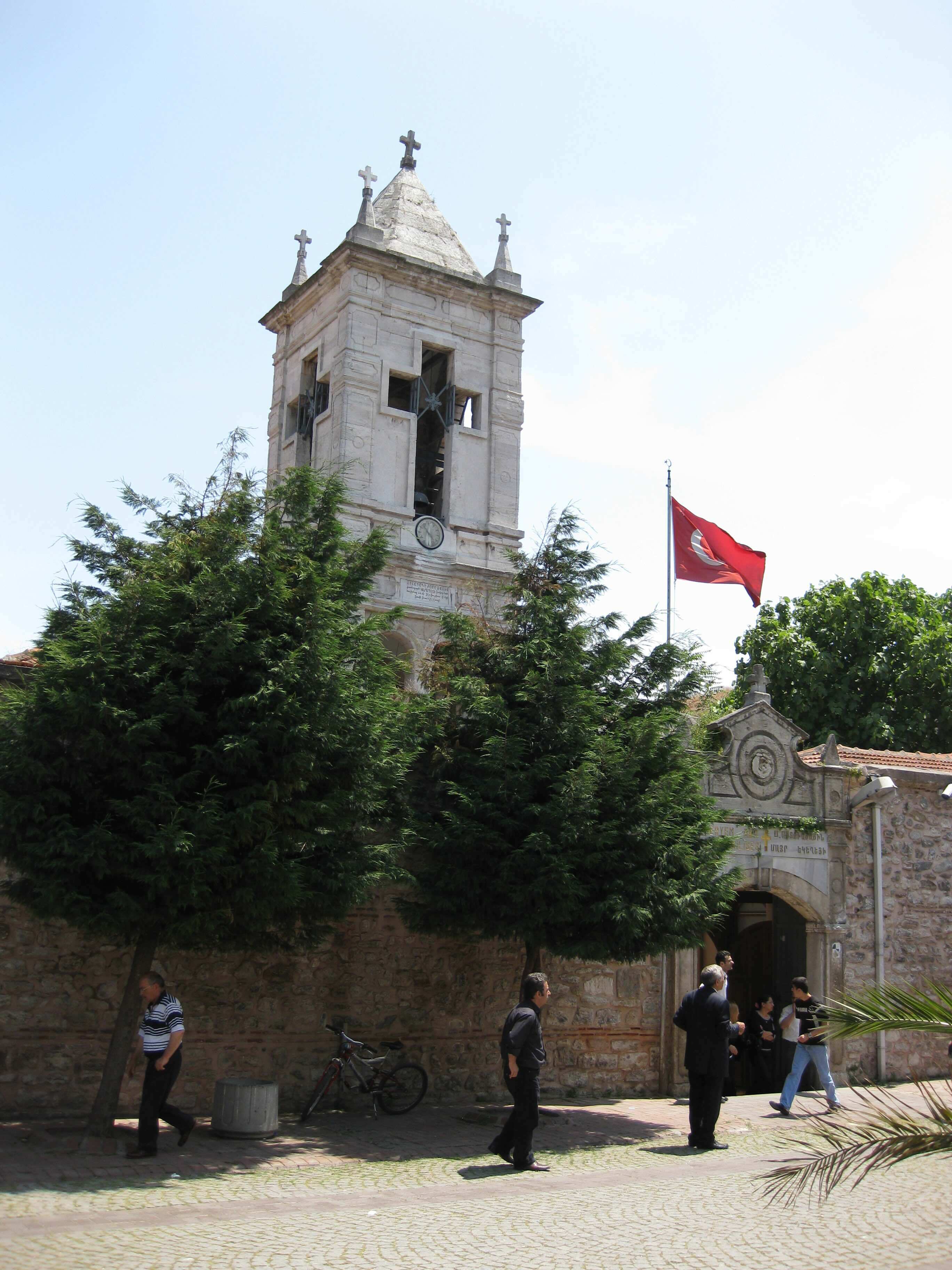
Further Reading:
Chamchean, Mik‘ayel. 1786. Patmut‘iwn Hayots‘ (History of the Armenians), Venice. Volume III.
Ormanean, Maghak‘ia. 1914. Azgapatum (History of the Armenian Church and Armenia), Constantinople. part II, col. 2553.
Bardakjian, Kevork. 1982. “The Rise of the Armenian Patriarchate of Constantinople”, in: Braude, Benjamin & Lewis, Bernard (eds.): Christians and Jews in the Ottoman Empire. The Functioning of a Plural Society, New York 1982, pp. 89-100.
Zaven Der Yeghiayan. 2002. My Patriarchal Memoirs. translated by Ared Misirliyan. Mayreni Publisher: Barrington, RI.
Nazan Maksudyan. 2020. “Armenian Patriarchate of Constantinople.”
Illuminations, Summer 2009. “Executive Director’s Letter” and “Armenian Manuscripts in Istanbul,” Hill Museum & Manuscript Library.
A version of this story originally appeared in the Summer 2025 issue of HMML Magazine.

